Low vision and magnification aids
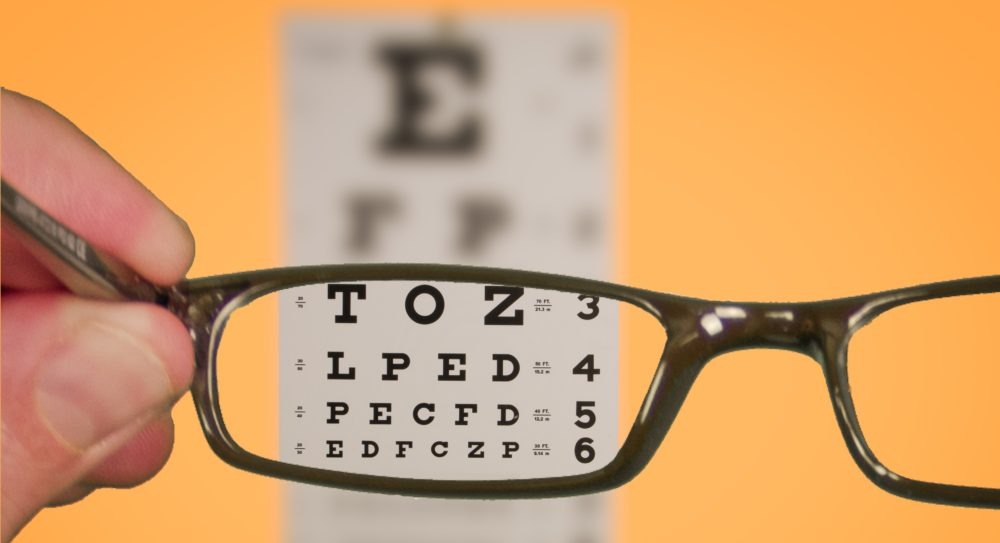
Low vision and how we can help
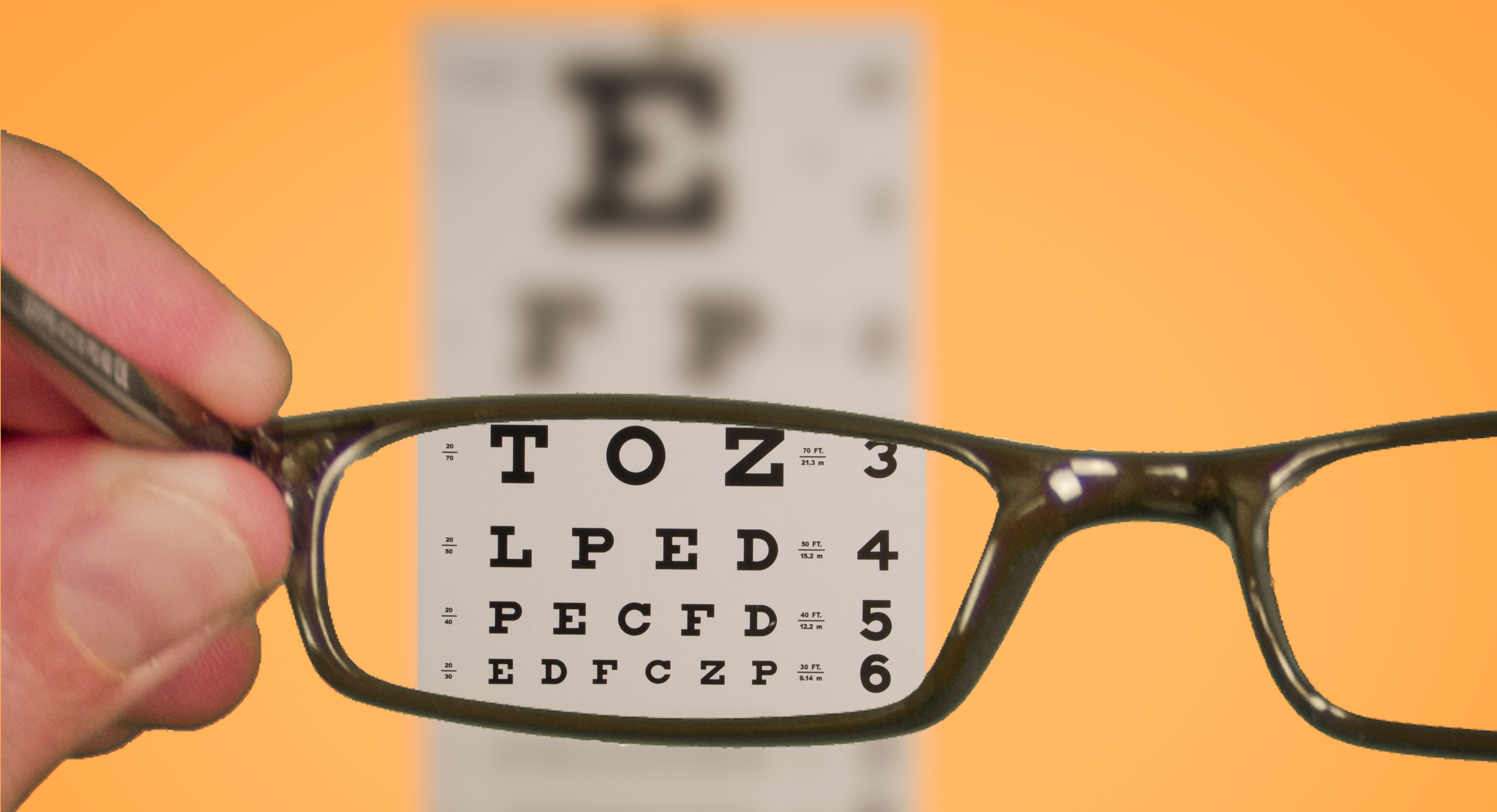
357,000 Australians suffer from low vision*, and this number is growing. This article should shed some light on ways that we can improve quality of life.
Low vision is permanent vision loss that cannot be corrected with glasses or contact lenses. It can develop from a multitude of causes but most commonly from macular degeneration, diabetic eye disease, glaucoma and eye injuries. It can significantly impact a sufferer’s daily functioning, quality of life and can have emotional and psychological effects – particularly if it limits mobility and independence.
One little known effect is 1 in 4 patients with low vision have visual hallucinations when in low-stimulating environments. This is called Charles Bonnet Syndrome – and many sufferers don’t disclose their symptoms because of the stigma associated with hallucinations. It is important to recognise this is a fairly common occurrence and is not a sign of one’s mental capacity. It is something that should be discussed with family and health professionals, as the more you talk about it, the less frequent the hallucinations become.
An eye exam will be the first point of call so that we can assess visual function and ability, and determine the visual needs and tasks required by the patient.
These consultations receive a Medicare rebate. In addition, low vision aids are covered under private health insurance and through Veterans Affairs (eligibility rules apply).
MODIFICATIONS TO HOUSE AND ENVIRONMENT

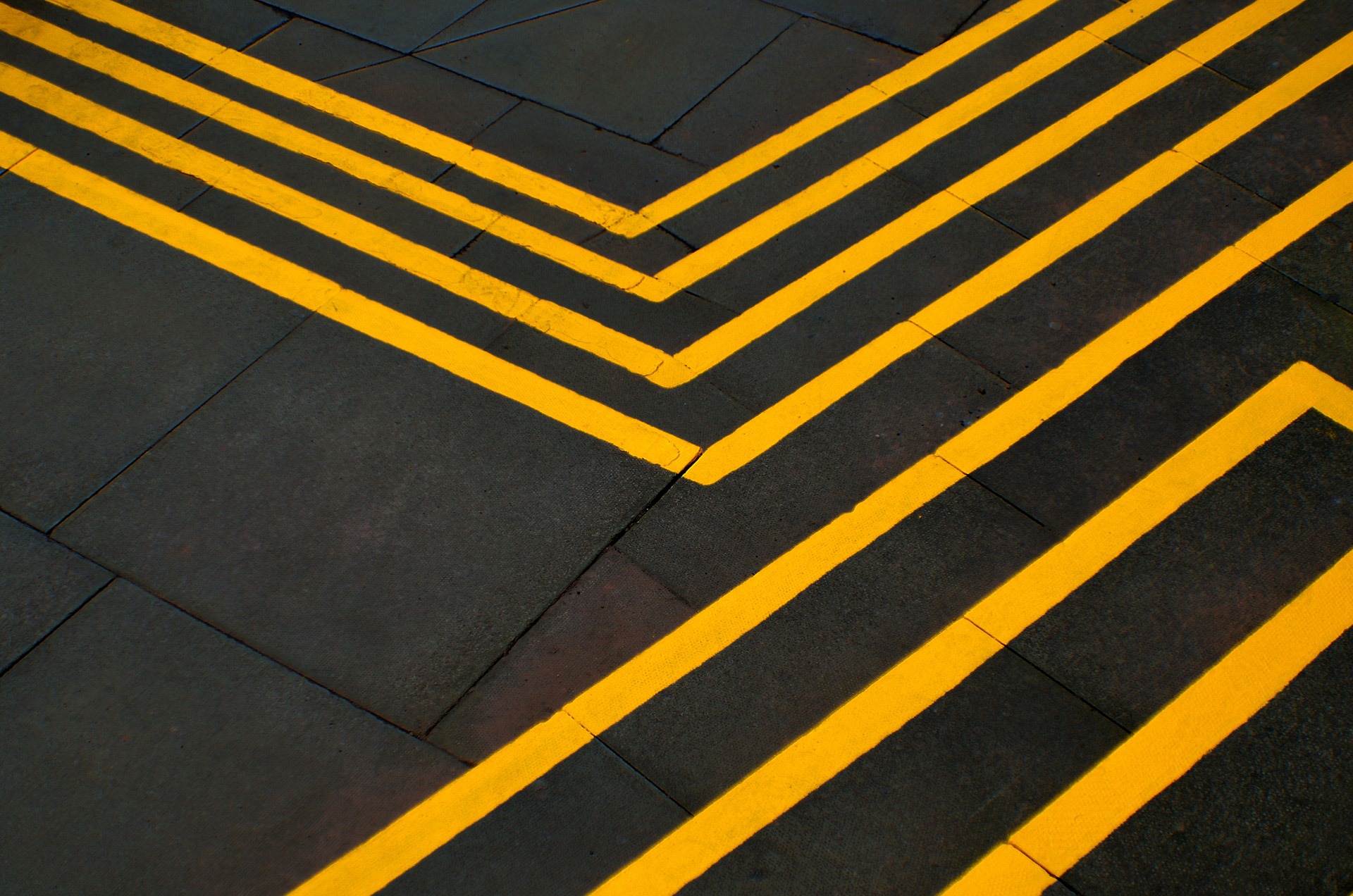

Lifting your mug up to the jug/kettle instead of pouring into the mug on the table gives you better awareness so less likely to spill the water
There are clocks available that can tell you the time when you press a button. And using audio-books are greats ways to get in your fix of fiction (or non-fiction).
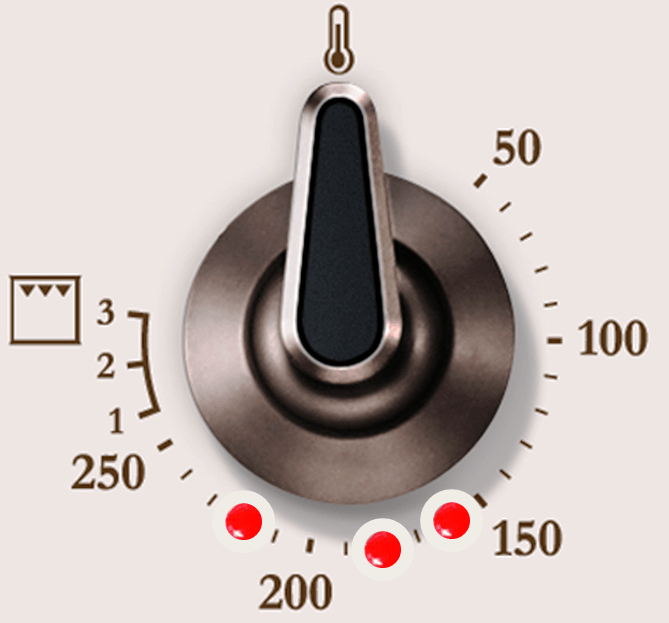
We can vary the level of tint in your sunglasses to make them lighter or darker or graduated, or use different coloured tints to provide you with the most comfortable viewing.
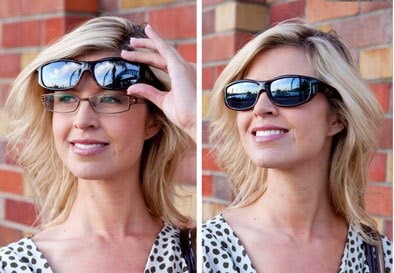
It is very important to consider the living situation of a person living with low vision as low vision does increase the chance of accidents.
Discussion around the best form of spectacle lenses is important to reduce the risk of trips and falls when walking, bifocals and multifocals minimise the useable distance section in a lens and may give ambiguity when looking down through the magnified near section.
A walking stick is also useful to judge the curb height and stairs, particularly in shaded areas or in variable light conditions.
Increase the font size on your phone, tablet, laptop or computer. And you can also change the settings of your incoming texts or phone calls to give you a flashing light signal so that it is easier to see if you have a new notification.
MAGNIFICATION OPTIONS:
In terms of magnification aids, there are various option s available that cater to different tasks and environments. For example, you may use a stand magnifier at home so that you can be hands-free. However, when you are out and about at the supermarket or at a restaurant, a smaller hand-held pocket magnifier with an in-built light will be more suitable.
- Having up-to-date prescription lenses is essential as the magnification aids will only magnify the image that your glasses provide.
- Loupe (top right): Addition of an extra lens onto your current frame
- TV and reading magnifying telescope/glasses (bottom right)
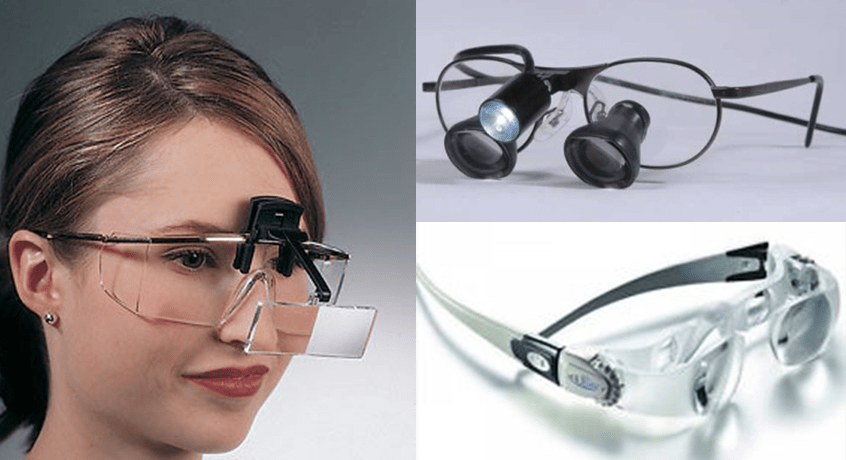
- Classic magnifiers with or without a light
- Pocket magnifiers
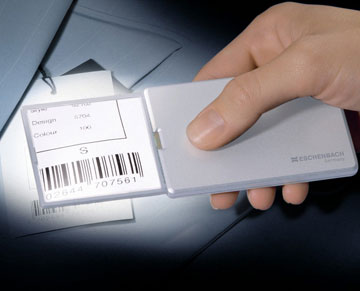
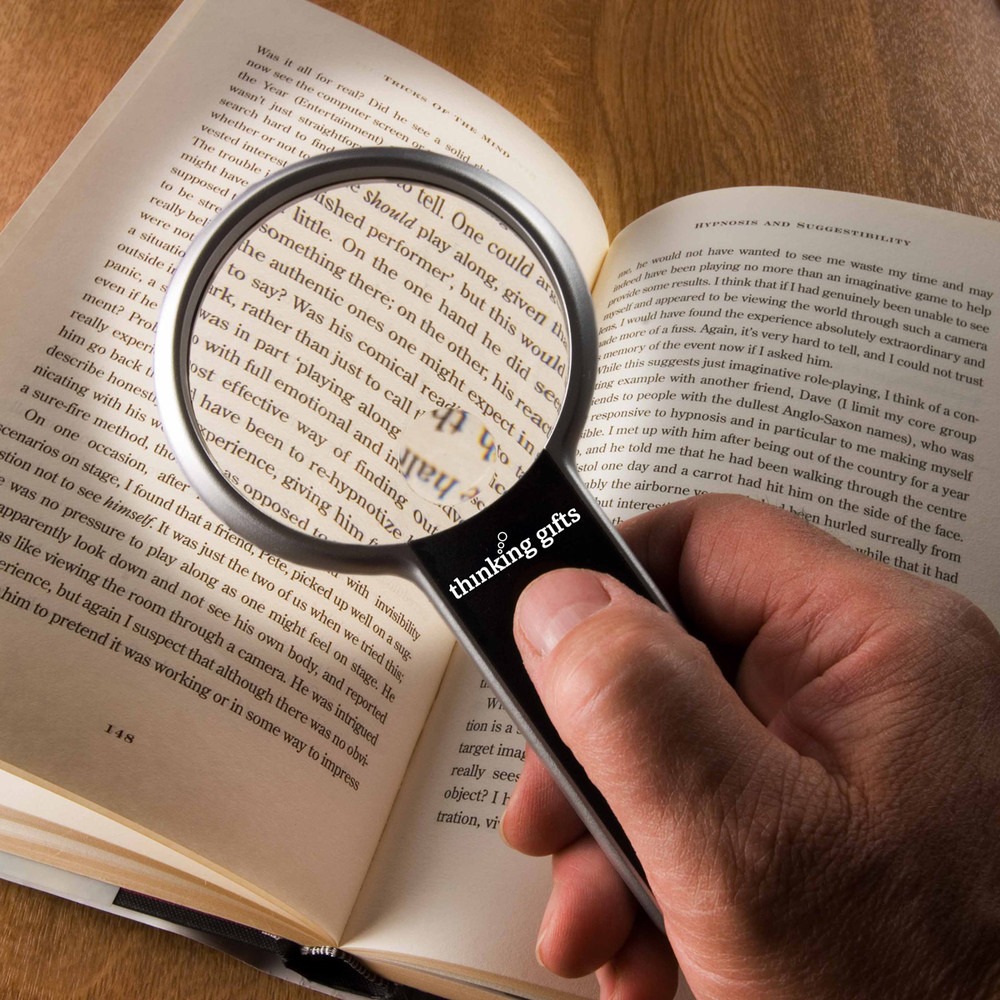
- Magnifying rulers
- Visulette
- Illuminated rectangle/circular stand magnifier with handle.
- Magnifiers that you can write under – good for signing things, doing crosswords or Sudoku

- Although more expensive, these do provide a lot of benefit to patients. They have the ability to change the size, colour, contrast and brightness of the image and they come in a variety of different forms, such as hand-held or hands-free. These can also be used to enlarge photos etc
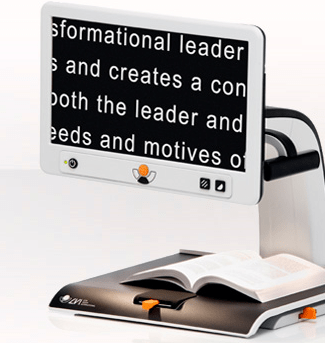
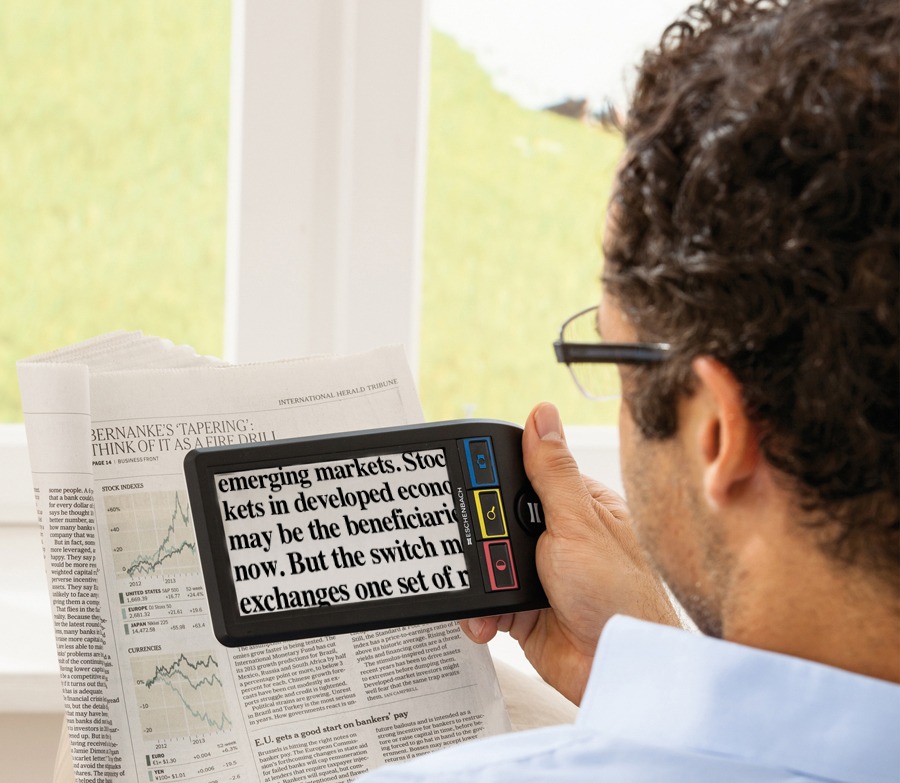
MOBILITY SERVICES
Feeling comfortable in one’s environment and coming to terms with one’s vision loss can be challenging. Quality of life is frequently affected with vision loss as the person’s physical, mental and emotional environments change, as they need to become more dependent on other senses, people or supplementary aids. Vision Australia, Guide Dogs and the Macular Disease Foundation are all organisations that provide support, advice and counselling for patients.
Some of the things that they do:
- Home-visits to assess a person’s living environment and give advice as to how to make living spaces safer, easier to get around and improve comfort with daily tasks. For example, they will look at the lighting in the house and give advice on which globes would be better and where extra lights might be required.
- Take you to the supermarket or local shops and give you pointers on how to orientate yourself around there. Also, they can help with using public transport and possibly with taxi subsidies
- Audiobooks can be sent out to the person regularly
- Support groups for people with vision loss – sometimes the best thing is being able to talk with people that are living with similar struggles
- Equipment for mobility – dogs, cane, walking stick
*http://www.visionaustralia.org/living-with-low-vision/newly-diagnosed/blindness-and-vision-loss







